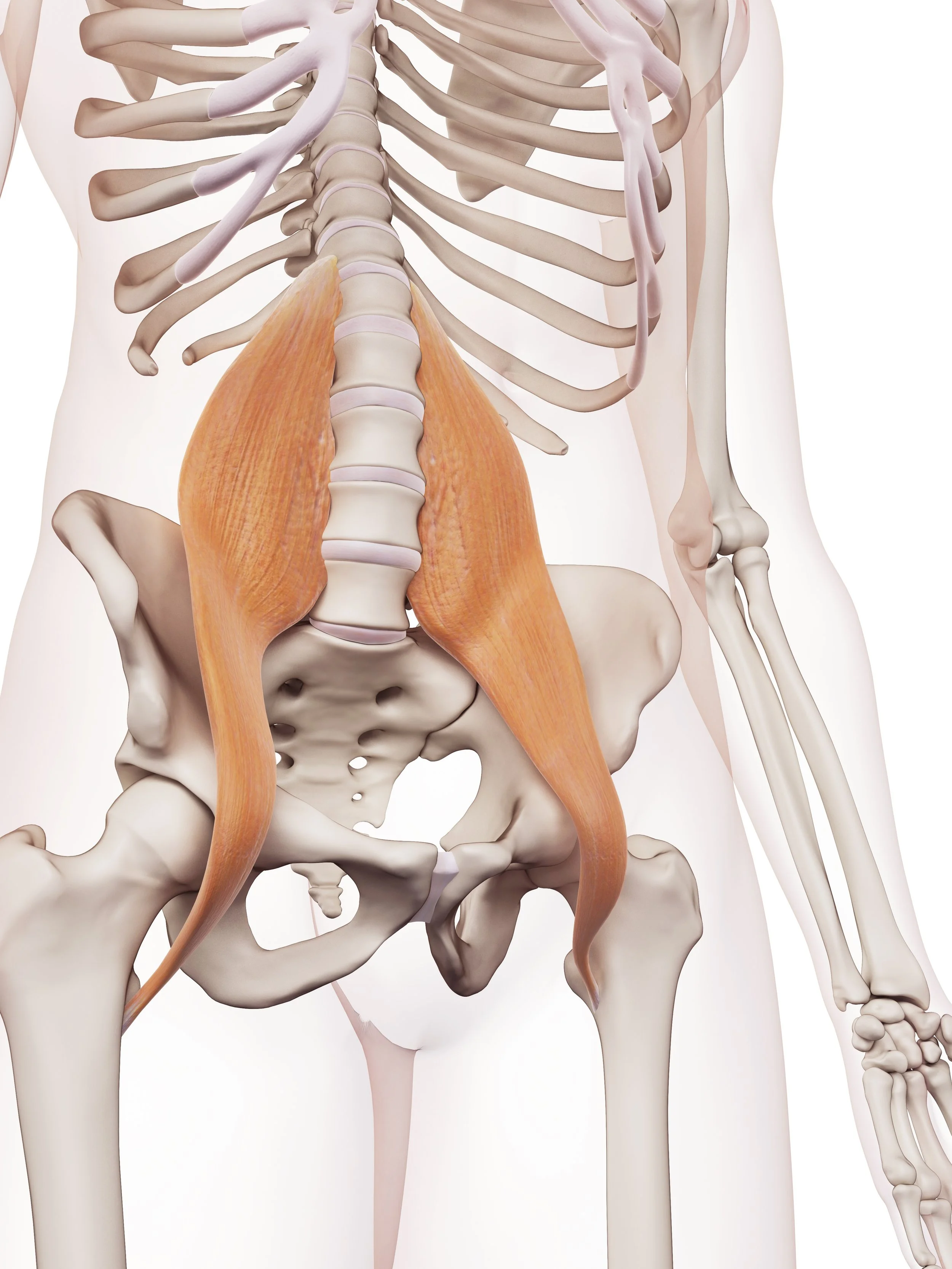http://www.cjaonline.com.au/index.php/cja/article/view/215
This article did not catch my eye until I had a chance to listen to a science podcast review about it. The question posed by the study author, whether certain types of birth (vaginal delivery, C-section, forceps, or vacuum extraction), were more likely to result in cervical strains than others. The assumption being that the more intervention, the higher the likelihood the infant may suffer some degree of injury to the cervical spine.
The results were actually a little surprising. Except for the vacuum extraction, which seemed to be almost a guarantee to result in some degree of force injury, the other three types of “intervention” births showed no statistically significant difference in cervical spine outcome. BUT, what was really surprising is that even what we could consider a “normal vaginal” delivery could result in close to 50% of children exhibiting some abnormalities of upper cervical motion.
The moral of the story is that birth, no matter how uncomplicated it may appear to be, is still a potentially physically harsh process on the baby. From my perspective as a clinician, it means that we should still be on the same degree of lookout when evaluating infants regardless of the type of birth. Get the baby checked.





